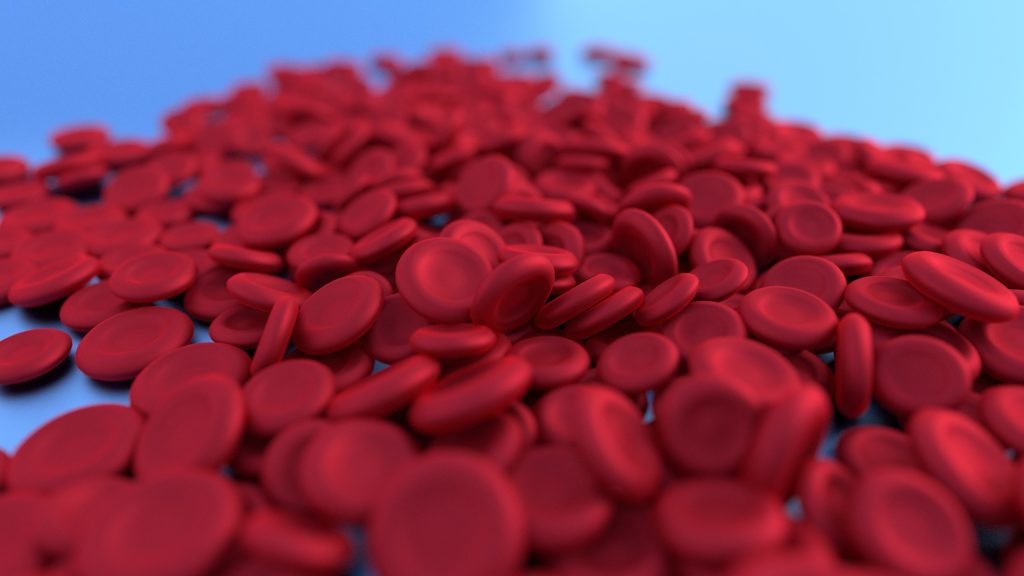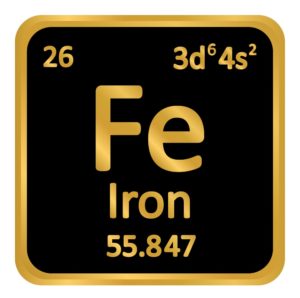The chemical properties of iron are determined by the atomic number of a certain element. For example, iron has twenty-six protons in its nucleus. If it had twenty-seven protons, it would be called another element: manganese. The human body contains four grams of iron, in the form of hemoglobin. If you have no idea what this means, read on to learn more.
g-Iron is nonmagnetic

The chemical properties of iron, of the existence of magnetism in g-Iron can be inferred from Raman splitting. Which has been a subject of controversy for over three decades. The Hyperfine field (HFF) of Hexagonal close-packed (hcp) iron should be a single peak owing to its doubly degenerate transverse optic mode. However, Raman spectra of synthetic diamonds. This act as anvils in a diamond anvil cell, reveal two peaks indicating that the atomic arrangement is not symmetrical.
Iron is a ferromagnetic metal. It is a part of the earth’s core and lends the planet’s magnetism. However, there are many aspects of magnetism in iron, including its crystalline structure. Different crystalline structures have different magnetism, thereby causing different characteristics of iron.
Iron sulphide is not attracted to a magnet, whereas iron is. This difference in state allows for separation of the three materials. To demonstrate this, a magnet is placed on top of a plastic lunch wrap and passed through the mixture. The iron filings stick to the magnet, and the magnet unwraps. Afterwards, the iron filings can be removed from the magnet.
Magnetic resonance imaging (MRI) is a type of medical imaging that lets doctors see inside the body with the use of powerful magnets. The magnetic field generated by the MRI would be dangerous to the person inside the machine, so it is best to avoid g-Iron if possible. The blood that contains iron does not react to the powerful magnets and could cause a dangerous situation if the MRI was operating on the wrong person.
Uses of Iron

The chemical properties of iron is another form of g-Iron is called ferrous iron. The valence of iron in ferrous oxides is correlated with its oxygen fugacity at zero pressure, and the ratio of ferrous to nonmagnetic iron is higher in perovskites than in samarium-cobalt. This structure makes the g-Iron superoxides more stable under high pressures. It fits well with the high-pressure chemistry of the deep lower mantle.
It is also possible to demonstrate that the g-Iron is nonmamatic chemically. In order to show that, simply place the two elements together in a pre-prepared ignition tube, along with a mineral wool plug. Heat the mixture using suitable tongs until it begins to glow. Make sure to turn off the Bunsen burner once it glows. It should be in the color of orange.
In addition to magnetic properties, g-Iron also exhibits paramagnetic behavior in eggs of S. mansoni and S. japonicum. Using Brillouin’s law, this measurement also provides data for the spin and oxidation states of iron atoms. It was also the first time that magnetization versus temperature was determined. By using this technique, the data was fitting to a Brillouin function describing the response of an ideal paramagnet to a magnetic field.
It is nonmagnetic

Some elements are permanently magnetic while others are nonmagnetic. Chemical properties of iron are one of these elements and is the strongest ferromagnetic metal. It also makes up a substantial part of the Earth’s core, which acts as a magnet all by itself. Magnetic properties are attributed to the behavior of electrons and the crystalline structure of iron. However, the opposite is also true. While it is not possible to determine the exact cause of magnetism in iron, it is possible to predict the strength of the magnetism.
The crystalline structure of iron allows it to be magnetic under some conditions. However, at higher temperatures, the material becomes paramagnetic. When iron is cooled, the transition from nonmagnetic to magnetic is reversible. The crystalline structure of iron has different phases. Unlike other nonmagnetic materials, austenite is magnetic. However, the magnetic susceptibility of austenite is less than that of iron.
Typically, three constituent materials, iron, sand, and salt, are mixed. Separation involves finding the difference between their physical properties. This is usually done by weighing the different solids. For example, if you want to separate an iron filing from a salt particle, wrap it in plastic lunch wrap. Then, you can use a magnet to separate the two. The magnet will remove the iron filings from the sand.
Oxygen and hydrogen are present in the layered structure of the iron. Oxygen atoms are also present. In this structure, the iron atoms are arranged in alternating layers. The oxygen sublattice is within the A-site iron site. During these layers, oxygen molecules are present in a weakly polar state. The iron atoms and oxygen molecules form a spinel structure.
Physical properties of iron

The ferromagnetic state of iron is caused by two factors. The first is iron’s magnetic properties. The other is the amount of nitric acid in the solution. A strong field can attract iron ions. Similarly, a weak magnetic state produces a diamagnetic compound. But in addition to the magnetic property, iron is nonmagnetic in its compound state. The latter situation can be caused by strong-field ligands or an octahedron configuration.
The second type of magnetic properties is associated with hemoglobin. Its properties are closely related to hemoglobin and other iron-containing proteins. The discovery of hemoglobin made iron a central element in chemistry. The first one to isolate hemoglobin was made in 1840 by Friedrich Hunefeld, who also isolated hemoglobin. Hunefeld found that hemoglobin had four one-iron subunits. At that time, the relative molecular mass of hemoglobin was around 16,000. During the same time, Michael Faraday observed that iron was nonmagnetic.
Magnetic properties are a result of alignment of atoms. Hence, magnets have north and south poles. Similarly, opposite poles attract while similar poles repel. As a result, iron becomes magnetized when it runs along a magnetic coil. However, the magnetic field around the coil disappears when the electric current is turned off. So, while some substances are magnetic, some are nonmagnetic chemically.
Another type of magnetic material is steel. This is an iron-based alloy. Most forms of steel are magnetic. Ferritic stainless steels contain abundant iron. While austenitic stainless steels are nonmagnetic, they are susceptible to magnetic fields. These materials are also nonmagnetic if they contain chromium. In addition, the latter type has a face-centered cubic lattice.


